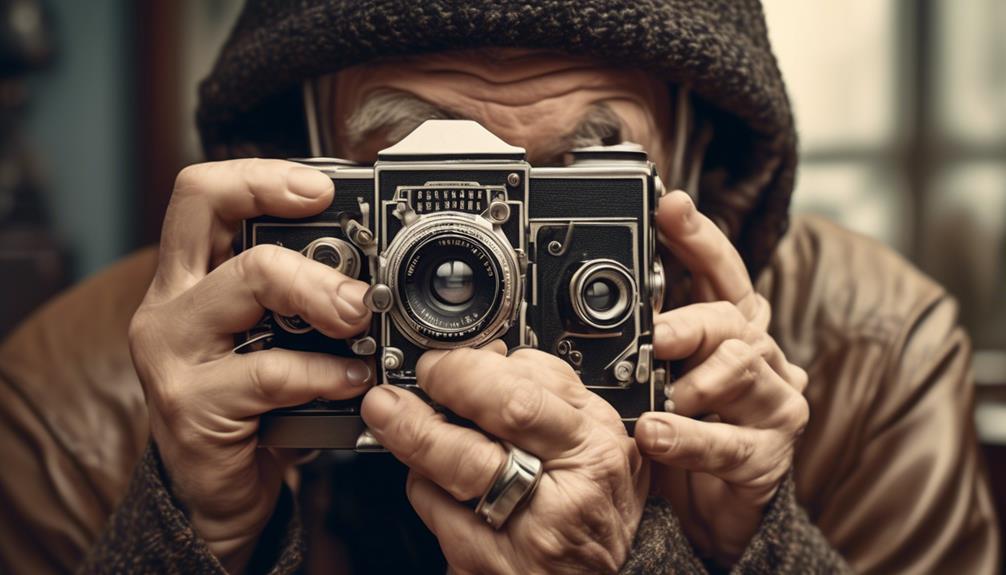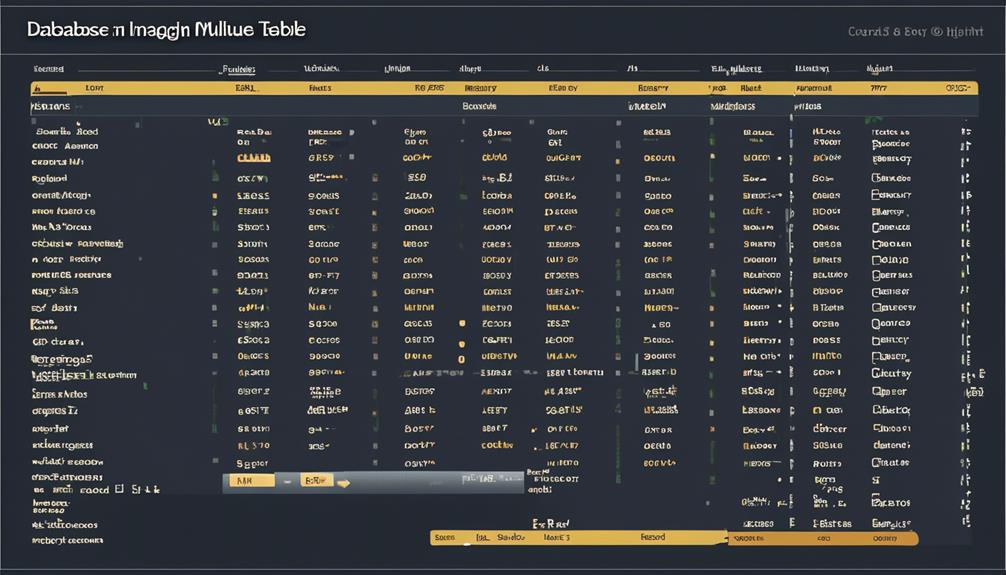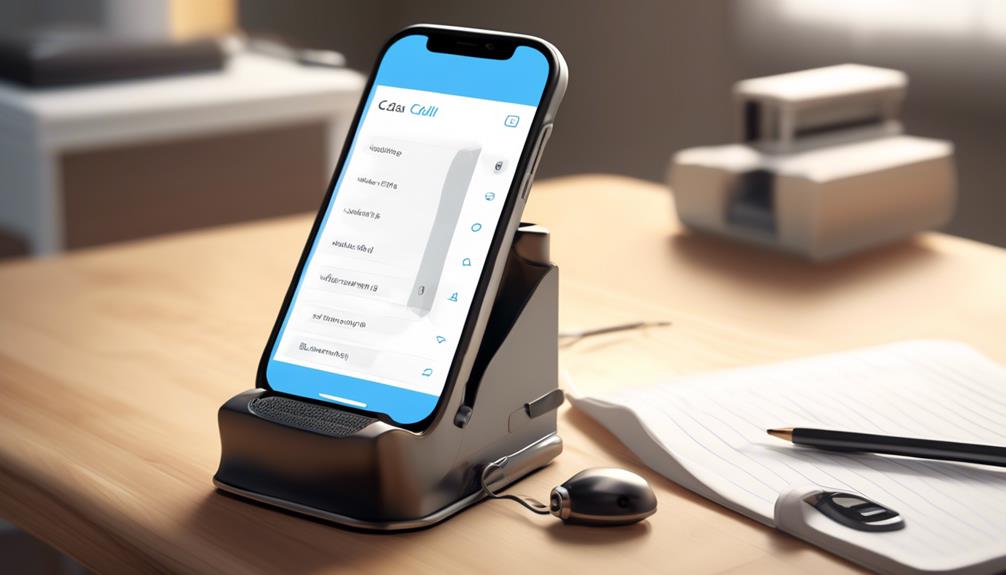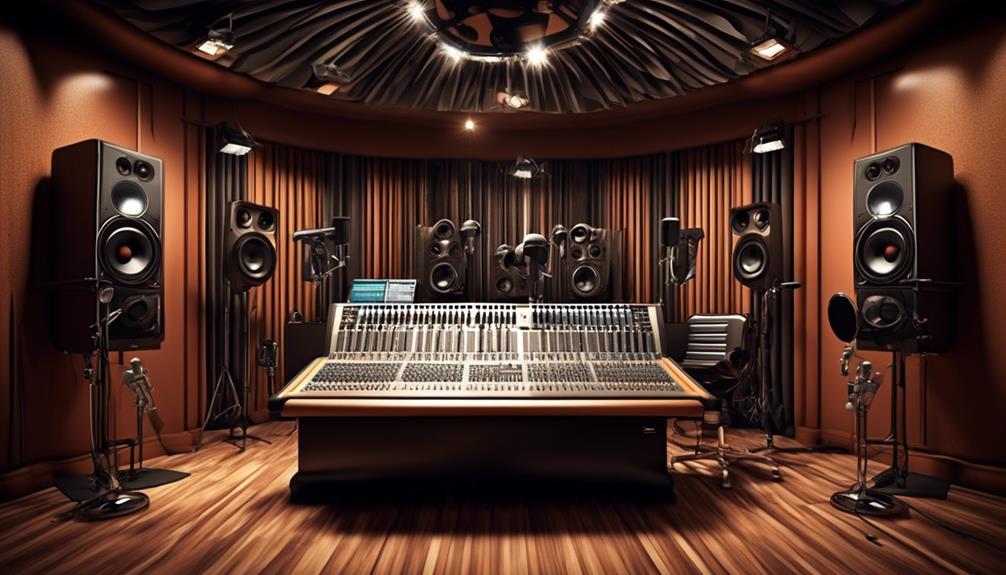Are film cameras difficult to use?
Many people seem to think so, but is there more to it than meets the eye?
While it's true that film cameras require a bit more technical knowledge and manual control compared to their digital counterparts, there's an intriguing aspect to using them that goes beyond just pressing a button.
The question is, what makes them challenging, and is it worth the effort?
Key Takeaways
- Film cameras are not inherently difficult to use.
- Understanding aperture and shutter speed is essential for shooting with film.
- Mastery of manual settings allows control over depth of field.
- Embracing the learning curve leads to a deeper understanding of the photographic process.
Common Misconceptions About Film Cameras
Despite widespread misconceptions, film cameras aren't inherently difficult to use when one has a solid grasp of manual settings and functions beyond automatic mode.
One of the common misconceptions about film cameras is that shooting film is a complicated and daunting task, especially for those who are accustomed to digital cameras. However, with a comprehensive beginner's guide and understanding of aperture and shutter speed, shooting with film becomes an enjoyable and rewarding experience.
Unlike digital cameras, analogue cameras require a deeper understanding of these manual settings to capture the perfect exposure. Mastery of these settings allows photographers to control the depth of field, ensuring that the intended subject in the image is in focus while creating a beautiful background blur.
Once these fundamental concepts are grasped, using a film camera becomes second nature, and the process of capturing images becomes a deliberate and satisfying endeavor.
Therefore, dispelling the myth that film cameras are hard to use is essential for those seeking to explore the art of photography through the unique medium of film.
Understanding the Learning Curve
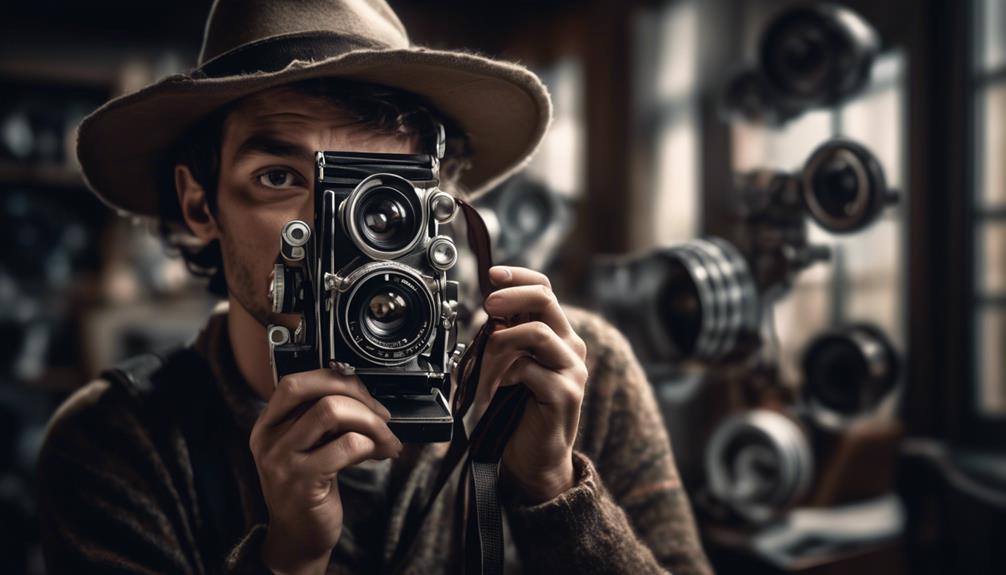
Understanding the learning curve for using film cameras is crucial for aspiring photographers to navigate the transition from digital to analogue photography effectively. While the shift from digital to film photography may seem daunting, mastering the use of film cameras can be immensely rewarding. Here are some key factors to consider when delving into the learning curve of film photography:
- Patience: Learning to use a film camera requires patience. Embracing the slower process of shooting film, developing, and printing can be a challenge, but the rewards are worth the time and effort.
- Understanding Light: With film photography, a deep understanding of light becomes imperative. Learning to read and manipulate light to achieve desired effects is an essential skill that takes time to develop.
- Mastery of Technical Aspects: Mastering the technical aspects of film photography, such as understanding different film speeds (ISO), adjusting shutter speeds, and using manual focus, is crucial. This mastery takes time and practice, but it leads to a deeper understanding of the photographic process.
Embracing the learning curve of film photography is a journey that requires dedication and a willingness to learn. By understanding the intricacies of shooting film, photographers can unlock a world of creative possibilities.
Factors Contributing to Perceived Difficulty
Navigating the learning curve of film photography involves recognizing the various factors that contribute to the perceived difficulty, requiring a comprehensive understanding of the manual controls, film handling, patience, limited editing options, and the absence of immediate feedback.
For film photographers, mastering manual controls is essential. Understanding shutter speed, aperture, and focus functions is crucial for achieving desired artistic effects in the absence of digital automation.
Additionally, film handling demands precision to avoid damaging the medium, especially when loading it into the camera and identifying the first frame.
Patience is a virtue in film photography, as it involves delayed gratification due to the need for film processing and the limited number of shots per roll.
Furthermore, film photographers must carefully consider their desired aesthetic before shooting, as film photography offers fewer post-processing options compared to digital photography.
Lastly, the absence of immediate feedback challenges photographers to rely on their technical skills and intuition.
Embracing these factors is essential for mastering the art of film photography, whether using medium format, black and white, or large format analog cameras.
Professional photographers can benefit from this comprehensive guide to 35mm film and SLR camera operation, enhancing their skills and creativity in the realm of film photography.
Tips for Using Film Cameras
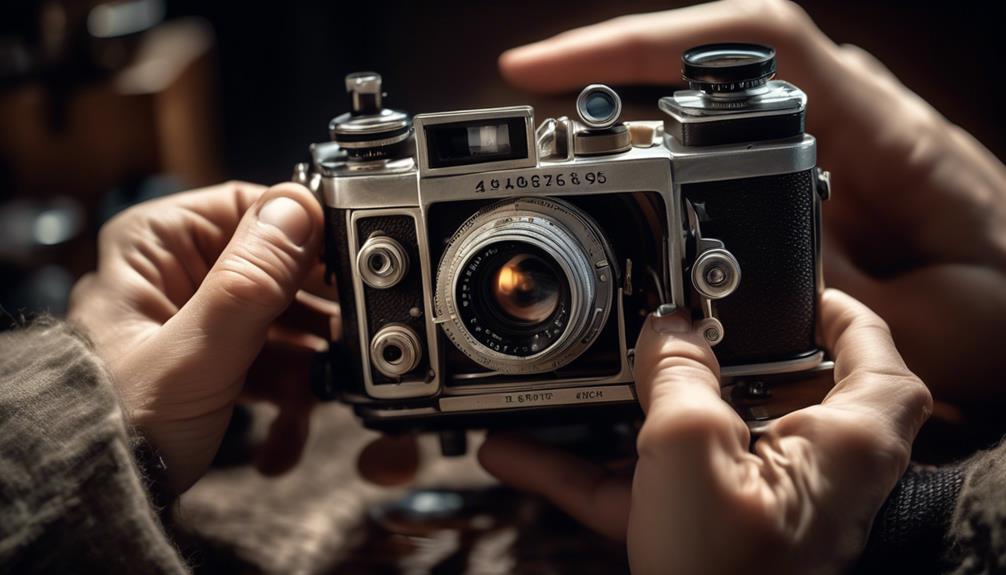
To maximize the potential of your 35mm film camera, it's imperative to carefully select a basic, hardwearing, and top-quality model from the 1970s, such as the Canon A1 or AE-1 Program, available at an affordable price point of around £80 when purchased pre-owned.
When using a film camera, consider the following tips to enhance your experience:
- Master Your Camera: Learn about aperture, exposure, and focus functions to move beyond automatic mode. Experiment with different settings to find the ideal ones for your photography style.
- Developing Your Film: After capturing your shots, choose a reliable and efficient method for developing your film. Consider using a digital scanner like the Kodak Scanza for easy conversion to digital formats.
- Photography Techniques: Embrace the unique characteristics of shooting with a film camera. Avoid tunnel vision and take in the whole image through the viewfinder. Embrace your perspective to capture genuine representations of your subjects.
Transitioning From Digital to Film
After mastering my 35mm film camera and developing my film shots, I started researching different camera models and seeking advice from experienced photographers to ensure a smooth transition from digital to film.
When transitioning from digital to film, it's essential to choose a 35mm camera with a program mode for beginners. Consider looking for basic, hardwearing, and top-quality cameras from the 1970s.
Understanding and using your 35mm film camera goes beyond automatic mode. Learn about shutter speed, aperture, and focus functions to fully utilize your camera. Experiment with the settings to find what works best for you.
For developing and digitizing film shots, consider local camera shops or building your own darkroom for a more affordable option. Programs like VueScan or a digital scanner can easily convert your shots to JPEG files.
When starting with film, reach out to photographers for advice and research different camera models. Consider performance, aesthetic, lens availability, battery, and film availability. For a less technical skill requirement, we highly recommend starting with a 35mm camera.
If you need help, there are several resources available in San Francisco to aid in your transition.
Frequently Asked Questions
Is Film Photography Difficult?
Film photography offers a unique experience compared to digital. Mastering manual settings, light metering, and choosing film types can be challenging but rewarding.
The developing process and darkroom techniques require patience and skill. The retro appeal and vintage aesthetics of film cameras inspire experimentation and finding inspiration.
While film photography demands dedication, the process cultivates a deeper understanding and appreciation of the art.
What Are the Negatives of a Film Camera?
Time-consuming process, limited number of shots, and expensive film costs are some of the negatives of using a film camera. There is also no instant feedback, and access to a darkroom is necessary. Manual focus is required, and it can be difficult to control exposure. Additionally, film cameras tend to be bulkier and offer limited ISO options. Finally, there is a limited availability of film types. However, understanding these challenges and practicing with film cameras can help us master the art of photography and appreciate the unique qualities of analog film.
Is Film Photography Harder Than Digital?
Film vs digital photography presents a different learning curve. Mastering technical skills for film, like understanding exposure and manual focus, takes time. Equipment cost may be higher for film, but image quality and the environmental impact are factors to consider.
The developing process demands patience and skill. Availability of film can be limited, but the nostalgia factor and the creative process make film photography a rewarding endeavor.
Is Film Photography Easy to Learn?
Learning film photography involves mastering basic techniques, understanding equipment needs, film development, and choosing film types.
Additionally, light metering, composition tips, manual focusing, exposure control, and understanding film speed are crucial.
Darkroom printing is also an essential skill to learn.
With practice and dedication, film photography can become second nature, offering a unique and rewarding photographic experience.
Conclusion
In conclusion, while film cameras may seem daunting at first, they offer a unique and rewarding photography experience.
As the saying goes, 'practice makes perfect,' and with patience and dedication, anyone can master the art of using a film camera.
So, don't be discouraged by the initial learning curve. Embrace the challenge and enjoy the process of capturing beautiful, timeless images with a film camera.
Happy shooting!

